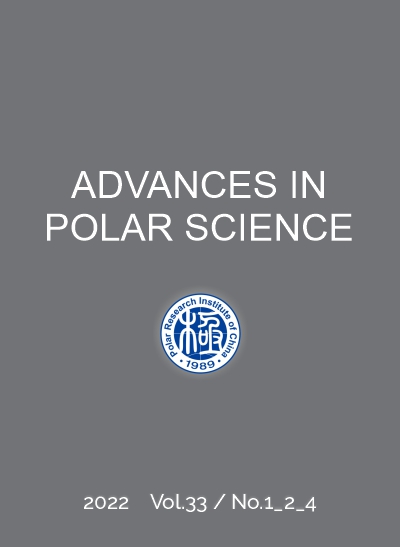Publication: Advances in Polar Science (APS). Vol. 33, No. 1, 28~43, March 2022
To download the publication please click on the download link at the bottom of the page
Author: WANG Chaofeng, XU Zhiqiang, LI Haibo, WANG Yongqiang and ZHANG Wuchang
DOI: 10.13679/j.advps.2021.0049
CNARC member: Polar Research Institute of China (PRIC)
Abstract: Information on tintinnid horizontal distribution in the Antarctic Continental Zone is scarce. During the summer of 2019/2020, tintinnid diversity and horizontal distribution in surface waters were investigated in the Ross Sea and Amundsen Sea polynya. Eight tintinnid species were found and the dominant species showed obvious horizontal distribution characteristics. In the Ross Sea, three tintinnid community groups were identified. Cymatocylis cristallina and Laackmanniella prolongata (group I) were dominant species and were mainly distributed in stations closer to the coast than were species in the other two groups. Codonellopsis gaussi (group II) and Cy. convallaria (group III) were mainly distributed in nearshore and offshore stations, respectively. In the Amundsen Sea polynya, the dominant species Cy. cristallina, L. prolongata and Salpingella faurei (group I) were mainly distributed in stations closer to the coast than were species in the other two groups. Cy. convallaria (group III) was mainly distributed in offshore stations. The distribution area where C. gaussi and C. cristallina were found in high abundance and abundance proportion of loricae with protoplasts was divided by the approximate boundary of the Antarctic Slope Front Current and Coastal Current in the Ross Sea. The highest abundance proportion in the Ross Sea was the 32–36 μm lorica oral diameter (LOD) size class (75.7%), and the 36–40 μm LOD size class (56.0%) was found in the Amundsen Sea polynya. Temperature– salinity–plankton diagrams of the two seas revealed that temperature may be the main reason for species distribution. Our results contribute to a better understanding of horizontal distribution of the microbial food web, and serve as a baseline for future studies of pelagic community change in the Antarctic Continental Zone.
Key words: Antarctic Continental Zone, tintinnid, community structure, Ross Sea, Amundsen Sea polynya


